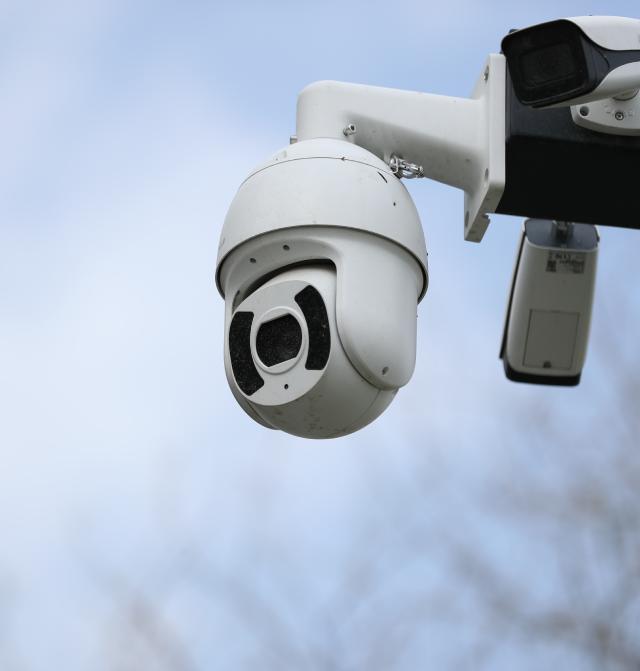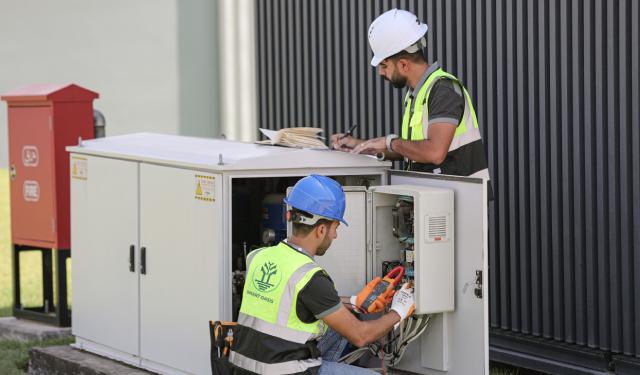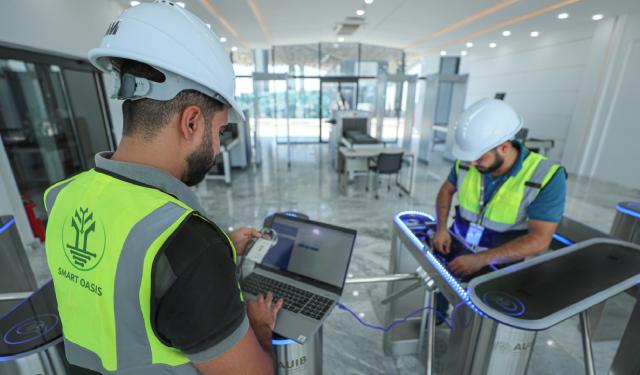
Implementation of Low-Current Solutions



Client
American University of Iraq-Baghdad
Duration
1 year
Category
Low-current
Date
2019
Project Summary :
Design and implement comprehensive low-current solutions at the University to meet its advanced technological needs. The project includes the installation and operation of communication systems, wireless networks, security surveillance systems, access control systems, and smart building management systems. These solutions will enhance communication, ensure security, and improve resource management, thereby supporting the educational environment and providing an exceptional experience for students and faculty members.
Project Scope :
1) Assessment and Planning
1.1 Site Survey :
Conduct a comprehensive facilities survey to assess current electrical systems, load requirements, and infrastructure conditions.
1.2 Requirements Gathering :
Define the University's low current needs, including power distribution, fire alarm systems, access control, CCTV surveillance, and communication networks.
2) Design and Engineering
2.1 System Design :
Develop detailed engineering designs and specifications for low current systems, considering factors such as capacity, redundancy, scalability, and reliability.
2.2 Equipment Selection :
Select appropriate low current equipment, devices, and components from reputable manufacturers to meet the University's operational requirements and performance criteria.
3) Installation and Deployment
3.1 Cabling and Wiring :
Install structured cabling systems, conduits, and wiring for power distribution, network connectivity, and communication pathways, following industry standards and best practices.
3.2 Device Installation :
Mount and install low current devices and equipment, including control panels, sensors, detectors, cameras, access points, and communication devices, at strategic locations throughout university facilities.
3.3 Testing and Commissioning :
Conduct thorough testing and commissioning of low current systems to ensure proper functionality, performance, and compliance with design specifications.
4) Security and Access Control
4.1 Access Control Systems :
Deploy access control systems with biometric readers, card readers, keypads, and electronic locks to regulate access to university facilities, secure sensitive areas, and protect assets.
4.2 CCTV Surveillance :
Install CCTV surveillance cameras and video management systems (VMS) to monitor university premises, deter theft, vandalism, and unauthorized access, and provide video evidence for investigations.
5) Fire Detection and Life Safety
5.1 Fire Alarm Systems :
Install fire alarm systems with smoke detectors, heat detectors, fire alarms, and emergency notification devices to detect fires, alert occupants, and initiate emergency response procedures.
6) Monitoring and Management
6.1 Centralized Monitoring :
Implement a centralized monitoring and management platform to oversee low current systems, monitor status, receive alerts, and generate reports on system performance, incidents, and alarms.
6.2 Remote Access :
Enable remote access and control of low current systems through web-based interfaces, mobile applications, or cloud-based platforms to facilitate real-time monitoring and response from anywhere.

